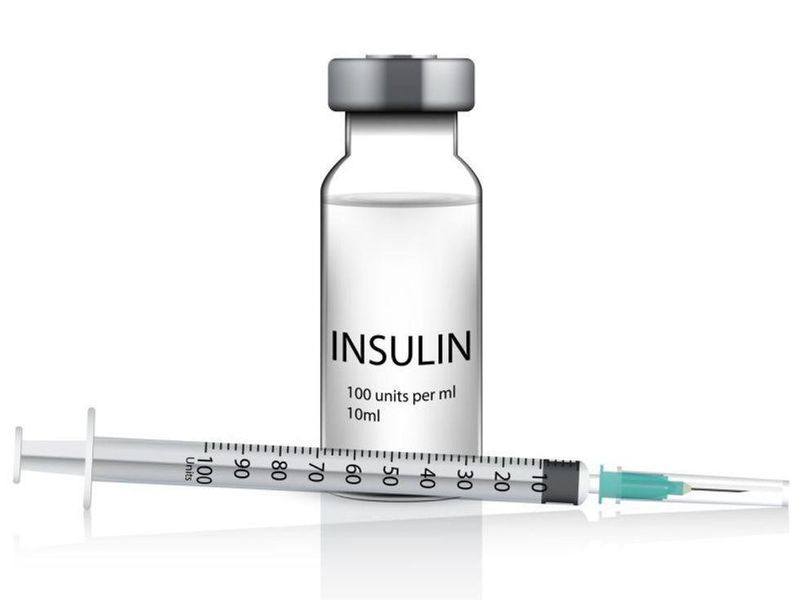However, introduction of new insulin products after 2015 was followed by substantial discounting practices that lowered net prices
By Lori Solomon HealthDay Reporter
FRIDAY, June 16, 2023 (HealthDay News) — U.S. insulin prices substantially increased from 2012 to 2015; however, the introduction of new products has led to substantial discounting practices and lower net prices, according to a study published online June 16 in JAMA Health Forum.
Sean Dickson, J.D., M.P.H., from the West Health Policy Center in Washington, D.C., and colleagues assessed trends in insulin list prices and net prices faced by payers from 2012 to 2019 and estimated changes in net prices after the 2015 to 2017 entry of new insulin products. Analysis included Medicare, Medicaid, and SSR Health drug pricing data.
The researchers found that net prices of long-acting insulin products increased at an annual rate of 23.6 percent from 2012 to 2014, but decreased at an annual rate of 8.3 percent after the introduction of insulin glargine (Toujeo and Basaglar) and degludec (Tresiba) in 2015. For short-acting insulin, net prices increased at an annual rate of 5.6 percent from 2012 to 2017, but then decreased from 2018 to 2019 after the introduction of insulin aspart (Fiasp) and lispro (Admelog). There were no new product entries for human insulin products and net prices increased at an annual rate of 9.2 percent from 2012 to 2019. Commercial discounts increased from 22.7 to 64.8 percent for long-acting insulin products over the full study period, and from 37.9 to 66.1 percent for short-acting insulin products and 54.9 to 63.1 percent for human insulin products.
“The introduction of new insulin products was followed by substantial discounting practices that lowered net prices faced by payers,” the authors write.
Copyright © 2023 HealthDay. All rights reserved.








